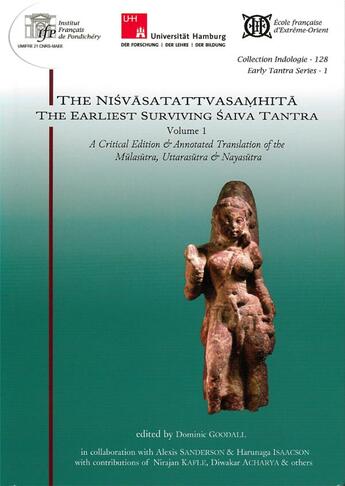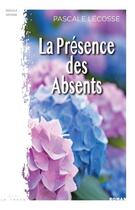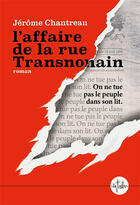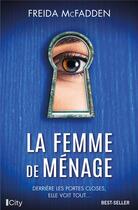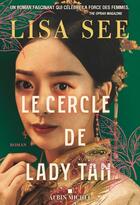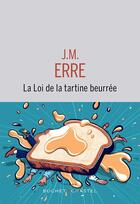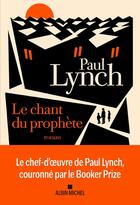Résumé:
Transmitted to us in a well-preserved ninth-century Nepalese manuscript, the Nisvasatattvasamhita has come in recent years to be recognised as probably the oldest surviving complete scripture of the Mantramarga. Although its historical importance has been hinted at by a range of scholars across... Voir plus
Transmitted to us in a well-preserved ninth-century Nepalese manuscript, the Nisvasatattvasamhita has come in recent years to be recognised as probably the oldest surviving complete scripture of the Mantramarga. Although its historical importance has been hinted at by a range of scholars across the twentieth century, this is the first time its text appears in print.
This volume presents a critical edition and annotated translation of the three earliest layers of the text: the Mulasutra, Uttarasutra and Nayasutra. The topics dealt with include cosmology, rituals of worship and initiation, and forms of yoga. A lengthy introduction sets these s?tras in context, in particular by examining the evidence for dating them. There follow a summary of their contents, an account of the early manuscript and its three twentieth-century apographs, and a treatment of the various ways in which the language of the Nisvasa deviates from Paninian norms.
About the Editors
After studies in Oxford and in Hamburg, Dominic Goodall passed several years working in Pondicherry, where he was head of the Pondicherry Centre of the École française d'Extrême-Orient from 2002 to 2011. He has published critical editions of Saiva works and of classical Sanskrit poetry (most recently, with Csaba Dezso, the eighth-century Kuttanimata of Damodaragupta). He is currently based in Paris, where he gives lectures on Indian and Cambodian Sanskrit literature at the École pratique des hautes études (religious science section).
Alexis G. J. S. Sanderson is a renowned expert on the history of Saivism and on tantric traditions. After taking undergraduate degrees in Classics and Sanskrit at Balliol College, Oxford, he spent six years in Kashmir studying with the celebrated scholar and Saiva guru Swami Lakshman Joo. From 1977 to 1992 he was Lecturer in Sanskrit in the University of Ox-ford, and Fellow of Wolfson College. Since 1992 he has held the Spalding Chair of Eastern Religions and Ethics in the University of Oxford, and is a Fellow of All Souls College.
Harunaga Isaacson studied in Groningen (MA 1990) and was awarded a PhD in Sanskrit by the University of Leiden in 1995. After holding positions for research and teaching at the Universities of Oxford, Hamburg and Pennsylvania, he was appointed Professor of Classical Indology in the Department of Indian and Tibetan Studies, Asien-Afrika-Institut, Hamburg, in 2006. His main research areas are: tantric traditions in pre-13th-century South Asia, especially Vajrayana Buddhism; classical Sanskrit poetry; classical Indian philosophy; and Puranic literature.
Donner votre avis



